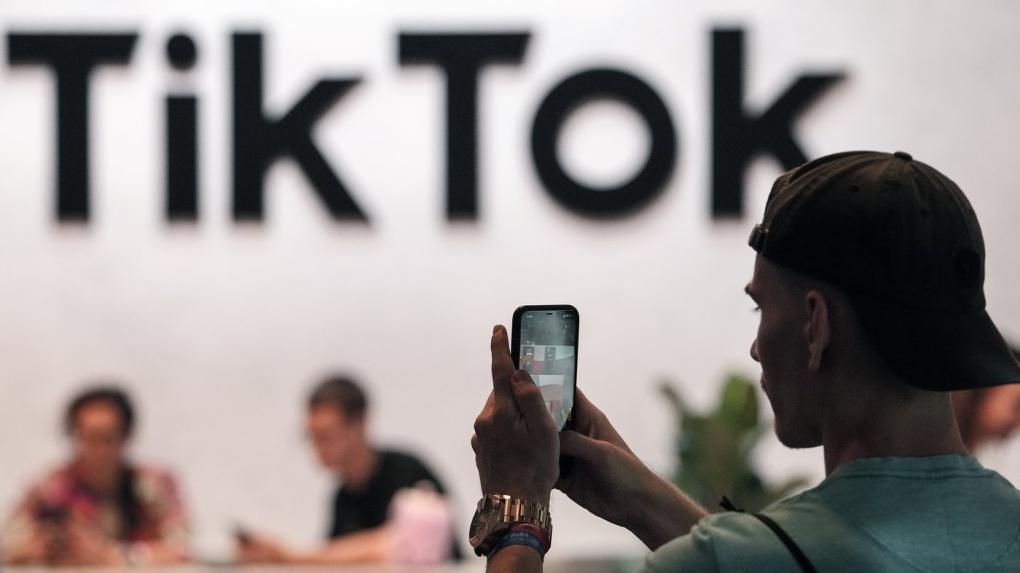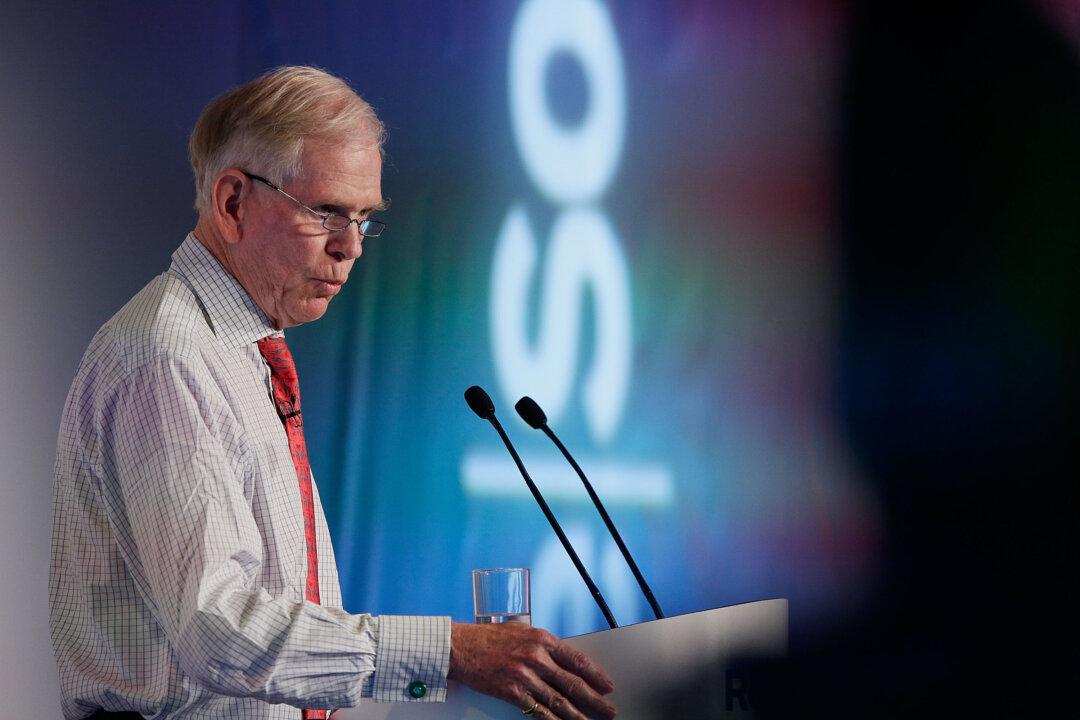U.S. private payrolls increased by 807,000 jobs last month, surpassing expectations and indicating a strong labor market going into the new year.
These results come from the latest monthly ADP National Employment Report, which was released on Wednesday. The report relies on data gathered in mid-December, just as the Omicron wave of the CCP (Chinese Communist Party) virus was gaining momentum. While the report attests to people returning to work, it may fail to account for the full extent of disruptions occasioned by Omicron.





